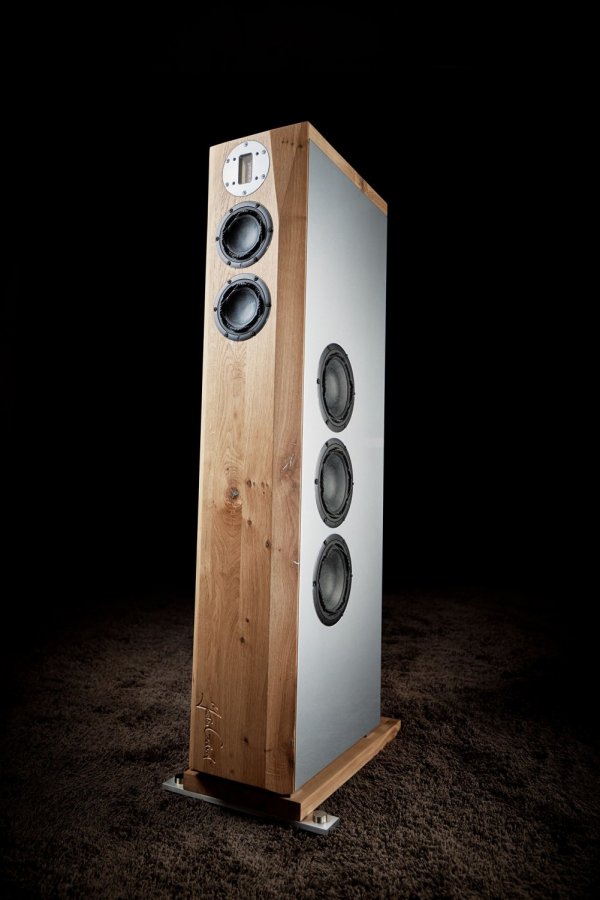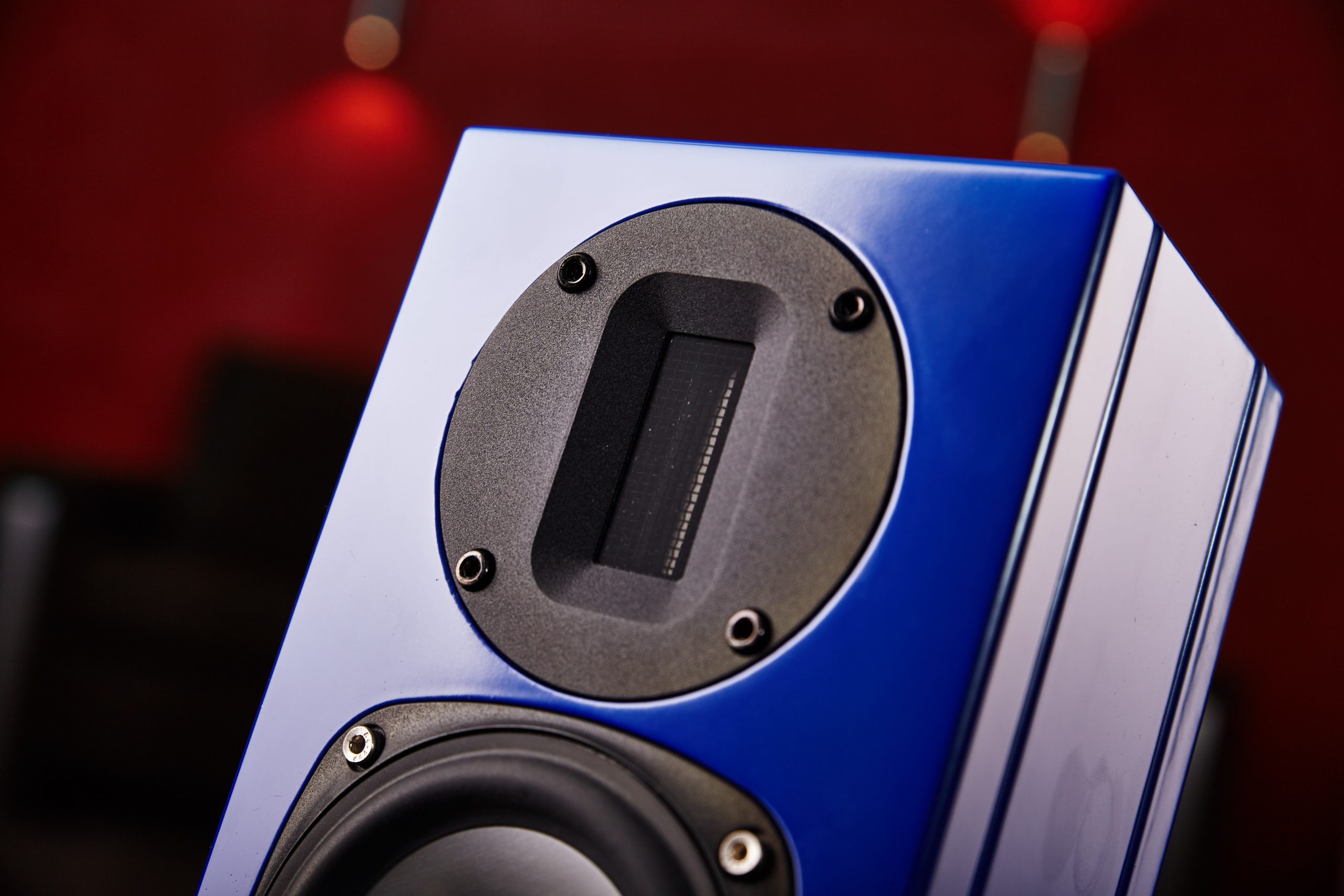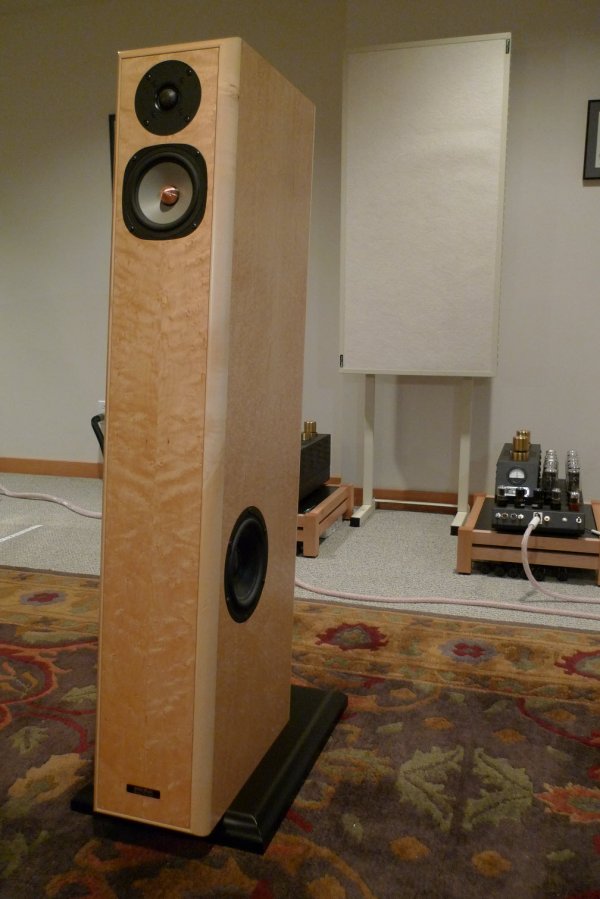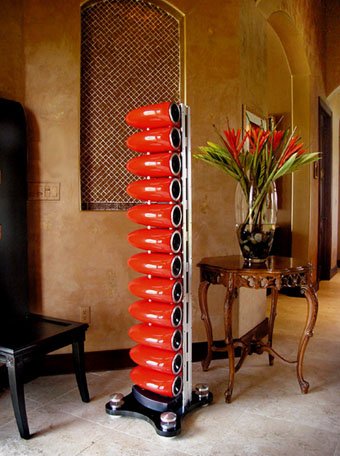joachim gerhard create a lot amazing speakers, audiopysic medea, virgo,sonics allegra and now süsskind . He is my reference in soundstaging. I would like to hear his new Surveyor Master.Yes and now it is really easy to understand since they are Suesskind speakers. I heard them at Anamighty and superb staging and transparency to recordings
Anamighty Sound: Analog shootout – Zero Distortion
zero-distortion.org

P.S his new projects look at facebook site.

Joachim-Gerhard-Collection
Joachim-Gerhard-Collection. 2.622 Me gusta. Die Kooperation zwischen ROSE-HANDWERK und dem Lautsprecherexperten Joachim Gerhard aus Brilon
 es-la.facebook.com
es-la.facebook.com
Last edited:


















